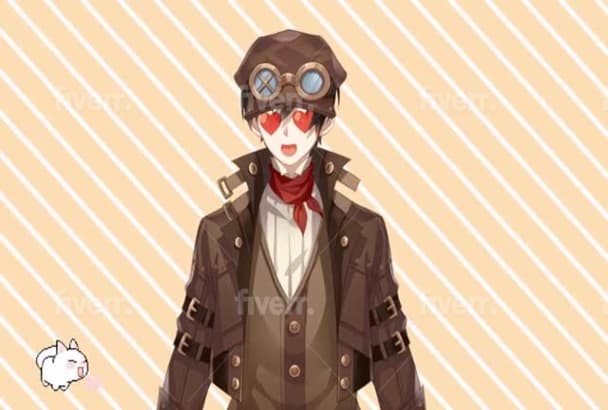

The original source for the OpenGL based Live2D implemented a mouse based tracker which would use the mouse pointer’s coordinates as a means to rotate and morph the face to the corresponding angle of where the pointer is. But for now, this would suffice to at least get some of the primary functions of facial feature tracking down.īelow you can see the facial feature tracking algorithm in action: This works fairly well for a prototype (although not really perfect), however can probably truly optimized with either a better model or a completely new tracking algorithm (such as implementing a Lucas-Kanade Optical Flow based tracker in Javascript). For this implementation, I have utilized the same Live2D demo codebase and will simply look through the SDK to be able to adjust the parameters to deform the angular direction of the character’s face.įor facial tracking, I implemented a Javascript based facial tracker based on the Constrained Local Models from Saragih et. In the past, I have implemented a demo of Live2D on a browser based on OpenGL. Of course further refinements to improve the tracking ability or the fluidity of the animation in the future. With that, I wanted to take this an opportunity to hack together a quick-and-dirty web-based implementation of FaceRig’s Live2D module for a web browser. With the recent hype surrounding FaceRig and the release of their Live2D module, it was certainly interesting to see two really interesting pieces of technology merge into one neat application for use in areas like gaming and new human-computer interaction systems.

#Facerig live2d models code#
Also, due to TOS reasons with the Live2D SDK, I cannot post the source code to this implementation. The following blog post was based on an original post I wrote for Qiita and was translated from Japanese.


 0 kommentar(er)
0 kommentar(er)
